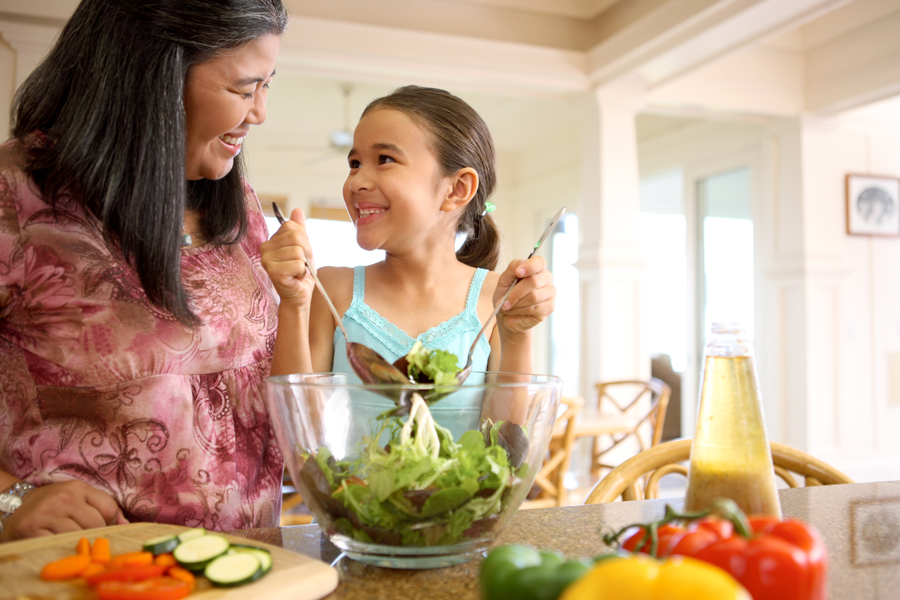Creating a Toxin-Free Home – It is worth your time!
on Sep 17, 2015 in Inspiration, Nutrition, Wellness Blog
You are probably unaware that there are many chemicals in your home that overtime can make you or your family sick. The greatest risks in your home come from the chemicals found in common household cleaning and cosmetic products. The following tips will help you to create a healthier home, naturally.
help you to create a healthier home, naturally.
-
As much as possible, buy and eat organic produce and free-range, organic meats to reduce your exposure to added hormones, pesticides, and fertilizers. Also avoid milk and other dairy products that contain the genetically engineered recombinant bovine growth hormone (rBGH or rBST).
-
Rather than eating conventional or farm-raised fish, which are often heavily contaminated with PCBs and mercury, supplement with a high-quality purified krill oil, eat smaller fish, or fish that is wild-caught and lab tested for purity. Wild caught Alaskan salmon is about the only fish I eat for these reasons.
-
Buy products that come in glass bottles or jars rather than plastic or canned, since chemicals can leach out of plastics and into the contents.
-
Store your food and beverages in glass rather than plastic, and avoid using plastic wrap.
-
Use glass baby bottles and avoid plastic sippy cups for your little ones.
-
Eat mostly raw, fresh foods. Processed, prepackaged foods (of all kinds) are a common source of chemicals such as BPA and phthalates.
-
Replace your non-stick pots and pans with ceramic or glass cookware.
-
Filter your tap water — both for drinking and bathing. If you can only afford to do one, filtering your bathing water may be more important, as your skin absorbs contaminants. To remove the endocrine-disrupting herbicide Atrazine, make sure the filter is certified to remove it. According to the Environmental Working Group (EWG), perchlorate can be filtered out using a reverse osmosis filter.
-
Look for products that are made by companies that are earth-friendly, animal-friendly, green, non-toxic, and/or 100% organic. This applies to everything from food and personal care products to building materials, carpeting, paint, baby items, upholstery, and more.
-
Use a vacuum cleaner with a HEPA filter to remove house dust, which is often contaminated with traces of chemicals.
-
When buying new products such as furniture, mattresses, or carpet padding, ask what type of fire retardant it contains. Be mindful of and/or avoid items containing PBDEs, antimony, formaldehyde, boric acid, and other brominated chemicals. As you replace these toxic items around your home, select those that contain naturally less flammable materials, such as leather, wool and cotton.
-
Avoid stain- and water-resistant clothing, furniture, and carpets to avoid per fluorinated chemicals (PFCs).
-
Minimize your use of plastic baby and child toys, opting for those made of natural wood or fabric instead.
-
Only use natural cleaning products in your home or make your own. Avoid products that contain 2-butoxyethanol (EGBE) and methoxydiglycol (DEGME) — two toxic glycol ethers that can damage fertility and cause fetal harm.
-
Switch over to organic brands of toiletries such as shampoo, toothpaste, antiperspirants, and cosmetics. You can replace many different products with coconut and baking soda for example. EWG has a great database to help you find personal care products that are free of phthalates and other potentially dangerous chemicals. I also offer one of the highest quality organic skin care lines, shampoo and conditioner, and body butter that are completely natural and safe.
-
Replace feminine hygiene products like tampons and sanitary padswith safer alternatives.
-
Avoid artificial air fresheners, dryer sheets, fabric softeners, or other synthetic fragrances.
-
Look for products that are fragrance-free. One artificial fragrance can contain hundreds – even thousands – of potentially toxic chemicals.
-
Replace your vinyl shower curtain with one made of fabric.
 help you to create a healthier home, naturally.
help you to create a healthier home, naturally.
